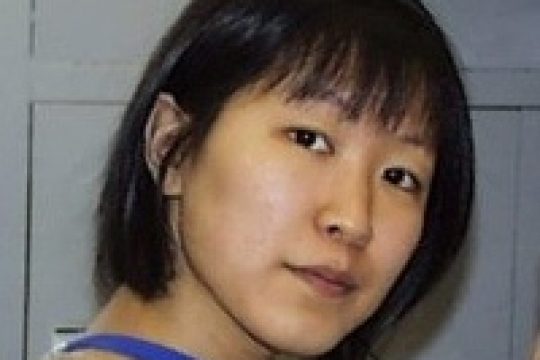The Egeblad lab studies the contributions of the tumor microenvironment – in which cancer cells arise and live – to therapy responses and metastasis. Solid tumors are abnormally organized tissues that contain not only cancer cells, but also various...
Epithelial-to-mesenchymal transition (EMT) is a cellular lifestyle change that produces highly invasive cells that can migrate long distances in the body. These processes are critical for normal embryonic development but are often reactivated in disease states such as cancer...
Background and Summary: Epithelial cells in a tissue live a crowded life connected to, and interacting with, other cell types, the extracellular matrix, and diverse signaling molecules. A fundamental question in biology is: how do the constituent cells of an...
Understanding how the information in the genome is utilized is one of the central questions in modern biology. It has become clear that a critical level of gene regulation occurs through the chemical modification of both the DNA itself...
Mechanisms of gradient sensing and chemotaxis are conserved in mammalian leukocytes and Dictyostelium amoebae. Both cells use G protein linked signaling pathways. PH domains specific for PtdIns(3,4)P2 and PtdIns(3,4,5)P3 bind to the membrane at the leading edge of the...
Research Focus Our research focuses on “synthetic cell biology” to dissect and reconstitute intricate signaling networks. In particular, we investigate positive-feedback mechanisms underlying the initiation of neutrophil chemotaxis (known as a symmetry breaking process), as well as spatio-temporally dynamic...
Chemotaxis plays a key role in immune response, wound healing, angiogenesis, and embryogenesis as well as mediating cancer metastasis. Research in Dictyostelium discoideum has shown that chemoattractants are sensed by GPCRs and rapidly trigger a complex network of signaling...
We study how epithelial tubular organs – which are essential to life in all multicellular organisms – form and specialize. Using the simple unbranched tubes of the Drosophila salivary gland and the beautifully branched tubular network of the Drosophila...
The central theme of my research is to understand how mechanical actions feedback to biochemical pathways in cellular processes, and how such mechanochemical crosstalk among key cellular players governs spatial-temporal regulation and shapes cell functions. I confront these challenges...
MECHANOTRANSDUCTION AND AUDITORY PERCEPTION Hair cells in the inner ear are mechanosensors for the perception of sound and head movements. Sound signals directly activate mechanically gated ion channels in hair cells, leading to hair cell depolarization and the release...










